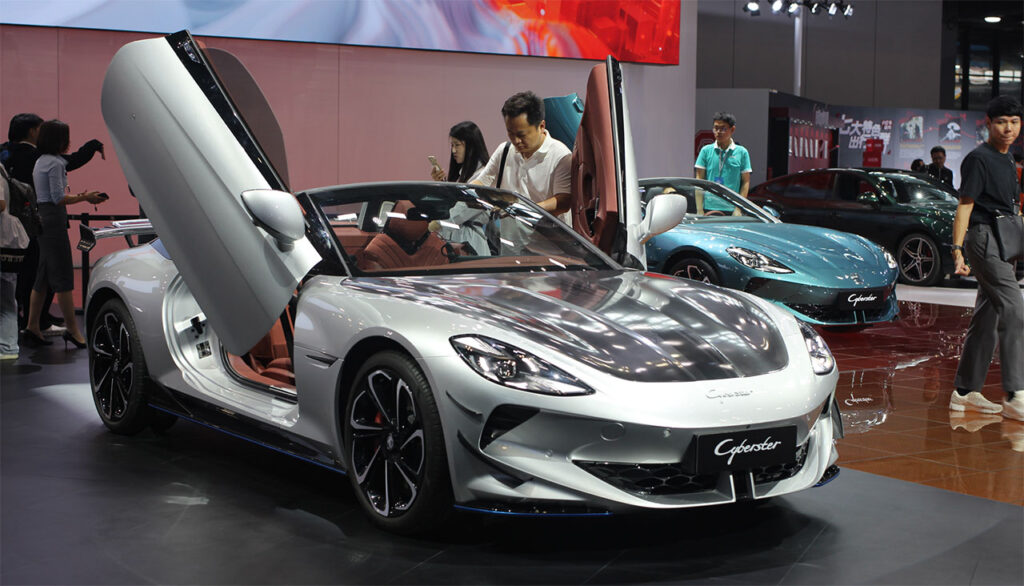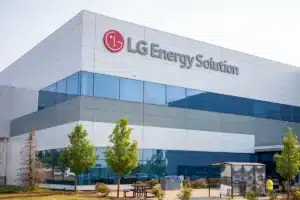In the first six months of 2025, Chinese passenger vehicle exports reached 3.48 million units, marking an 18% increase compared with H1 2024, according to data published by the China Passenger Car Association (CPCA) on July 25. Shipments in June alone totaled 620,000 vehicles, up 28% year-on-year but down 10% from the previous month.
A significant driver of this growth was new energy vehicles (NEVs), which include battery electric, plug-in hybrid, and fuel cell models. NEV exports in June rose 92% year-on-year to 256,000 units, accounting for 41% of the month’s total exports. Over the January–June period, exports of NEVs reached 1.42 million units—up 41% year-on-year and outpacing the 25% growth recorded in the first half of 2024. This increase boosted NEVs’ share of total exports by seven percentage points compared to H1 2024.
Analyzing regional demand, Mexico emerged as the leading destination for Chinese vehicles, with 40,391 units in June and 280,097 units over the six-month period. The United Arab Emirates followed with 39,432 vehicles in June and 228,979 units year-to-date. Other top markets in June included the United Kingdom (28,664 units), Saudi Arabia (27,713), Russia (26,425), and the Philippines (24,940). Belgium, Brazil, Kazakhstan, and Australia also featured among the top ten destinations. For H1 2025, the top ten export markets comprised Mexico, the U.A.E., Russia, Brazil (161,314 units), Belgium (149,646), Saudi Arabia (147,271), Australia (143,682), the U.K. (136,297), the Philippines (122,628), and Kazakhstan (88,076).
The rising export volumes and increasing NEV penetration underscore China’s expanding manufacturing capacity and the growing global appetite for electric mobility. Continued investment in battery technology, production scale-up, and international distribution networks are expected to sustain this trend and reshape global automotive trade patterns.
Source: CnEVPost
















